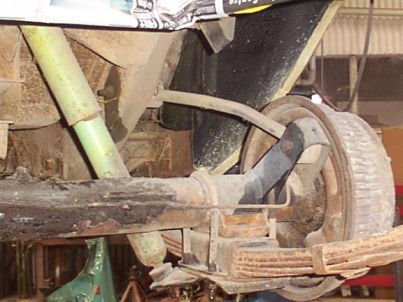Agent_Orange
Well-Known Member
I was posting under another thread and the point of that thread changed, so I decided to create a new thread.
Does anyone run a track bar on their rear end? if so what changes did it produce? and pics!
Does anyone run a track bar on their rear end? if so what changes did it produce? and pics!



















